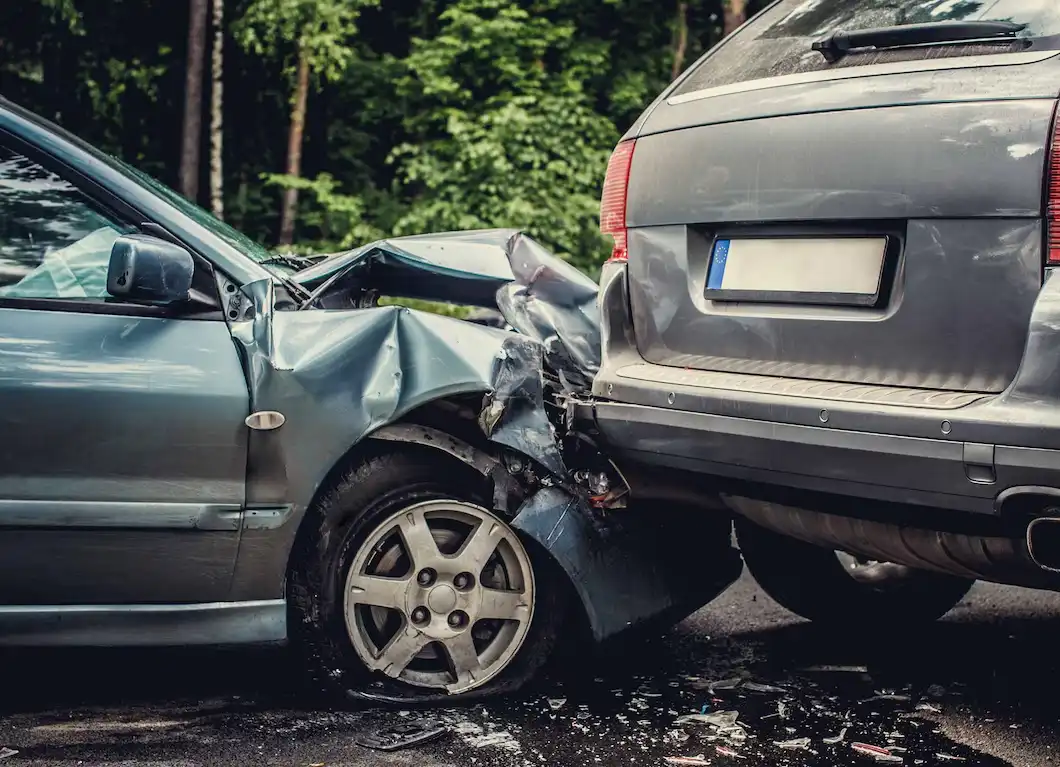Introduction
Head-on collisions are rare but deadly, often leaving victims with devastating consequences. While these accidents can’t always be predicted, understanding the risks and preparing yourself with the right knowledge can make a significant difference. This blog explores the hidden dangers of head-on collisions and how you can protect yourself and your loved ones.
Why Are Head-On Collisions So Dangerous?
Head-on collisions are among the most dangerous types of crashes due to the combined speed of both vehicles involved. The energy of the impact is magnified, often leading to catastrophic damage.
Key Risks Include:
- High likelihood of severe injuries or fatalities.
- Greater chances of vehicle fires or explosions.
- Difficulty in avoiding oncoming vehicles on narrow roads.
The Psychology Behind Risky Driving
Drivers don’t always consider the risks when engaging in dangerous behaviors. Factors like road rage, impatience, or overconfidence can lead to head-on collisions.
Did You Know?
- Drivers distracted by smartphones are 23 times more likely to cause an accident.
- Aggressive driving accounts for 56% of fatal accidents in the U.S.
Life After a Head-On Collision: The Impact on Victims
For those involved in a head-on collision, the aftermath can be life-altering:
- Physical: Chronic pain, long-term disabilities, or ongoing medical treatment.
- Emotional: PTSD, anxiety, and depression.
- Financial: Expensive medical bills, lost wages, and vehicle damage costs.
Victims often face years of recovery, requiring legal and medical support.
Reducing Your Risk: Practical Tips for Safer Driving
Protecting yourself from head-on collisions requires a mix of awareness and proactive habits:
- Stay in Your Lane: Avoid unnecessary overtaking, especially on curves or hills.
- Be Mindful of Night Driving: Many head-on collisions happen after dark due to poor visibility.
- Watch for Warning Signs: Notice erratic driving from oncoming vehicles and prepare to pull over.
- Avoid Driving When Tired: Fatigue can reduce reaction times and lead to lane departures.
- Keep a Safe Speed: Speeding reduces your ability to avoid oncoming hazards.
What to Do If You See a Wrong-Way Driver
Spotting a wrong-way driver can be terrifying. Here’s what you should do:
- Stay Calm: Keep your composure to avoid panicking.
- Honk and Flash Lights: Warn the other driver if possible.
- Move to Safety: Shift to the shoulder or another lane if there’s time.
- Call 911: Report the wrong-way driver to authorities immediately.
Seeking Justice After a Head-On Collision
If you’ve been the victim of a head-on collision, you deserve justice. Compensation may cover:
- Emergency medical treatment and ongoing care.
- Vehicle repair or replacement costs.
- Lost income and future earning potential.
- Non-economic damages like pain and suffering.
Consulting an experienced personal injury lawyer ensures your rights are protected and helps you secure the compensation you need.
Conclusion
Head-on collisions are devastating, but with the right knowledge and preparation, you can significantly reduce your risk. If you’ve been involved in such an accident, don’t navigate the aftermath alone. Seek legal and medical support to help you recover and reclaim your life.



